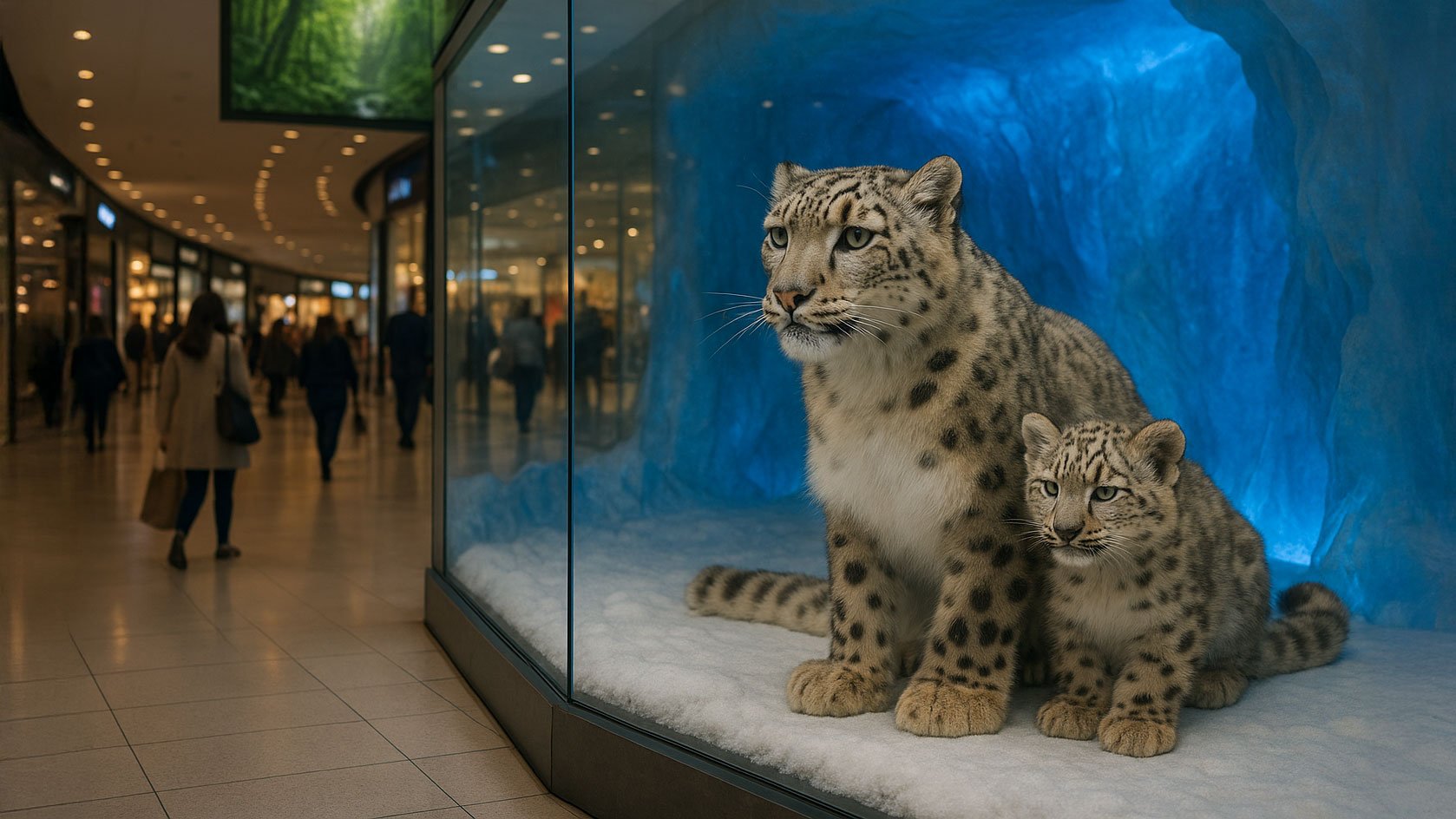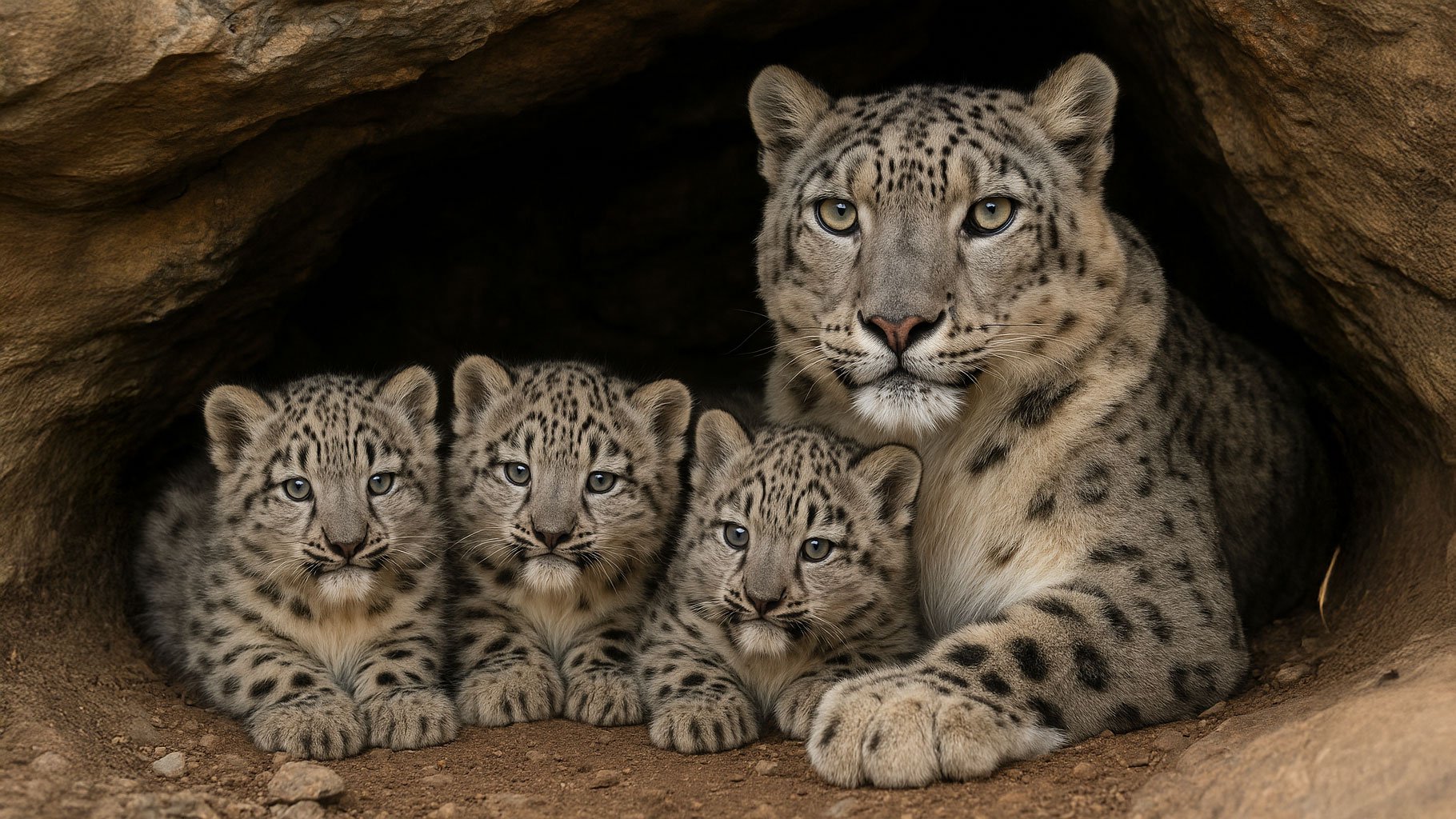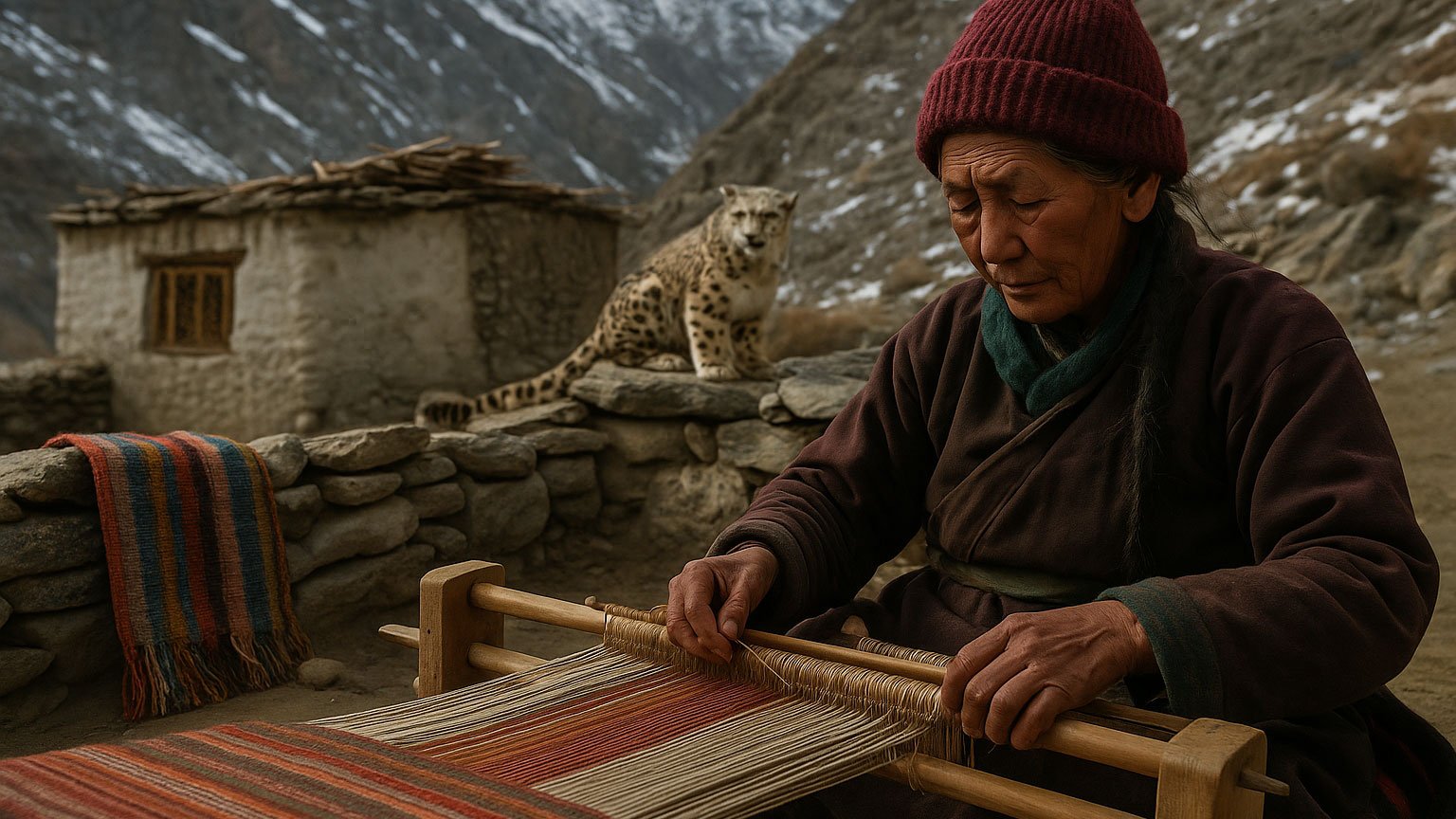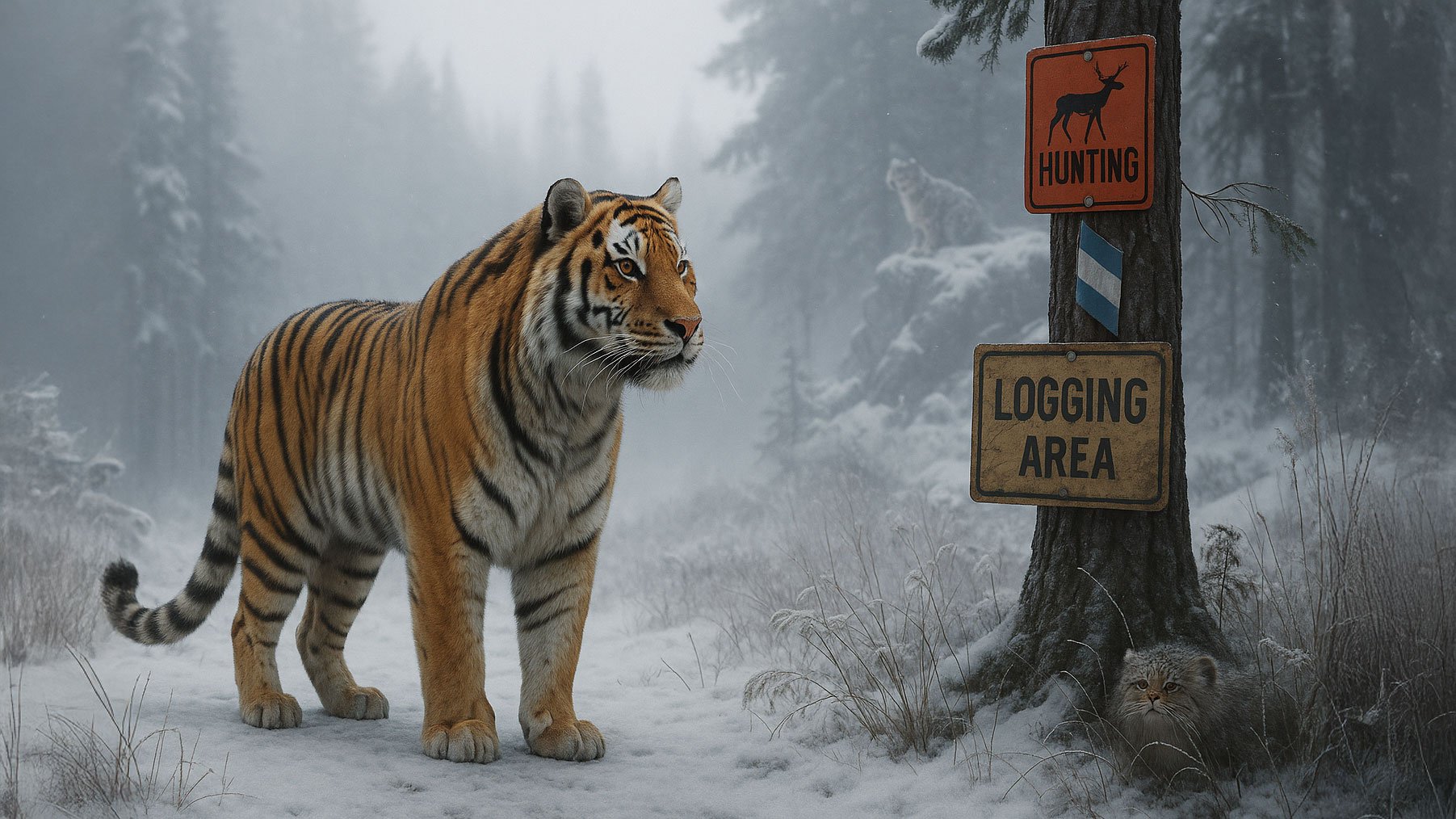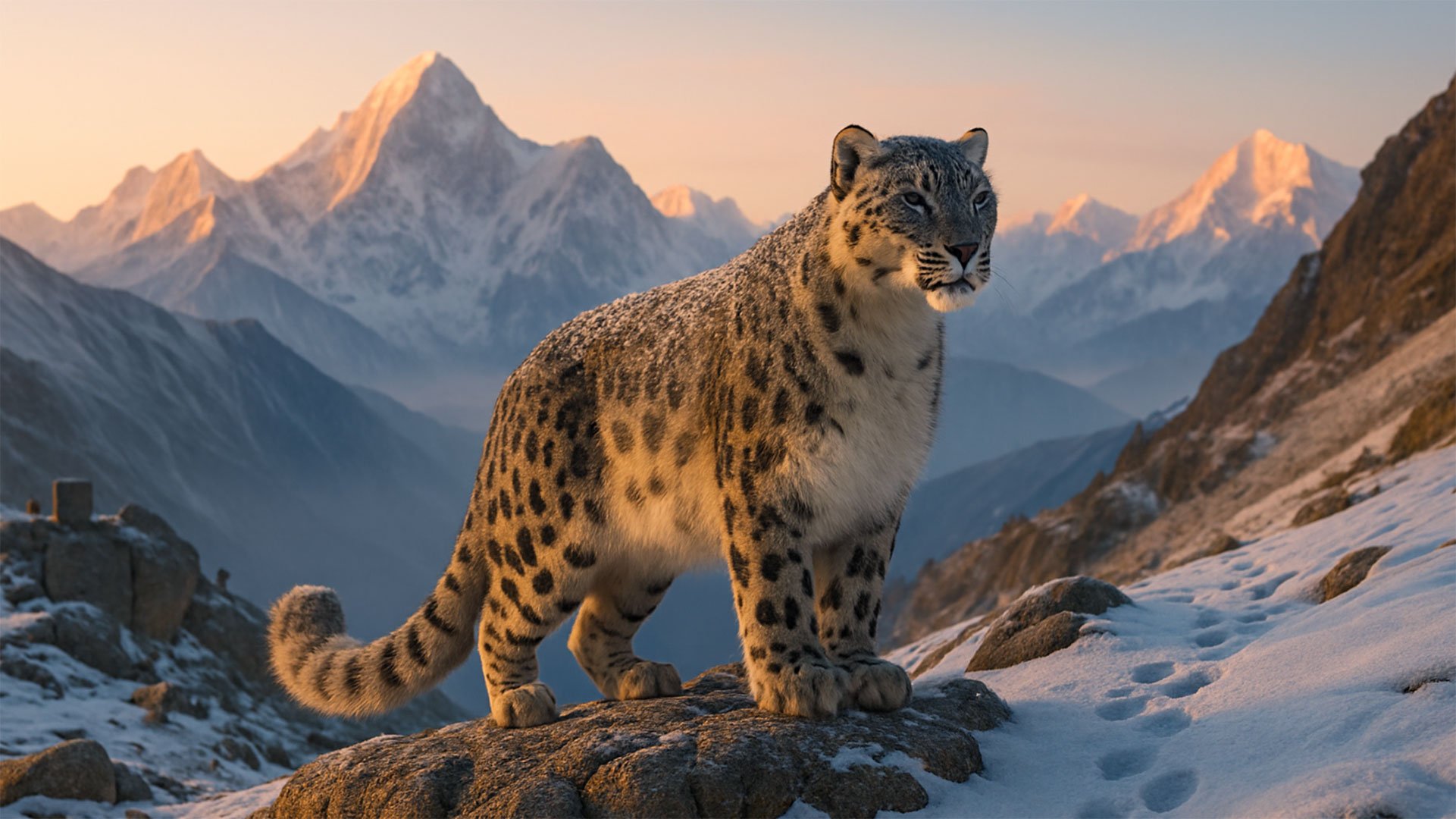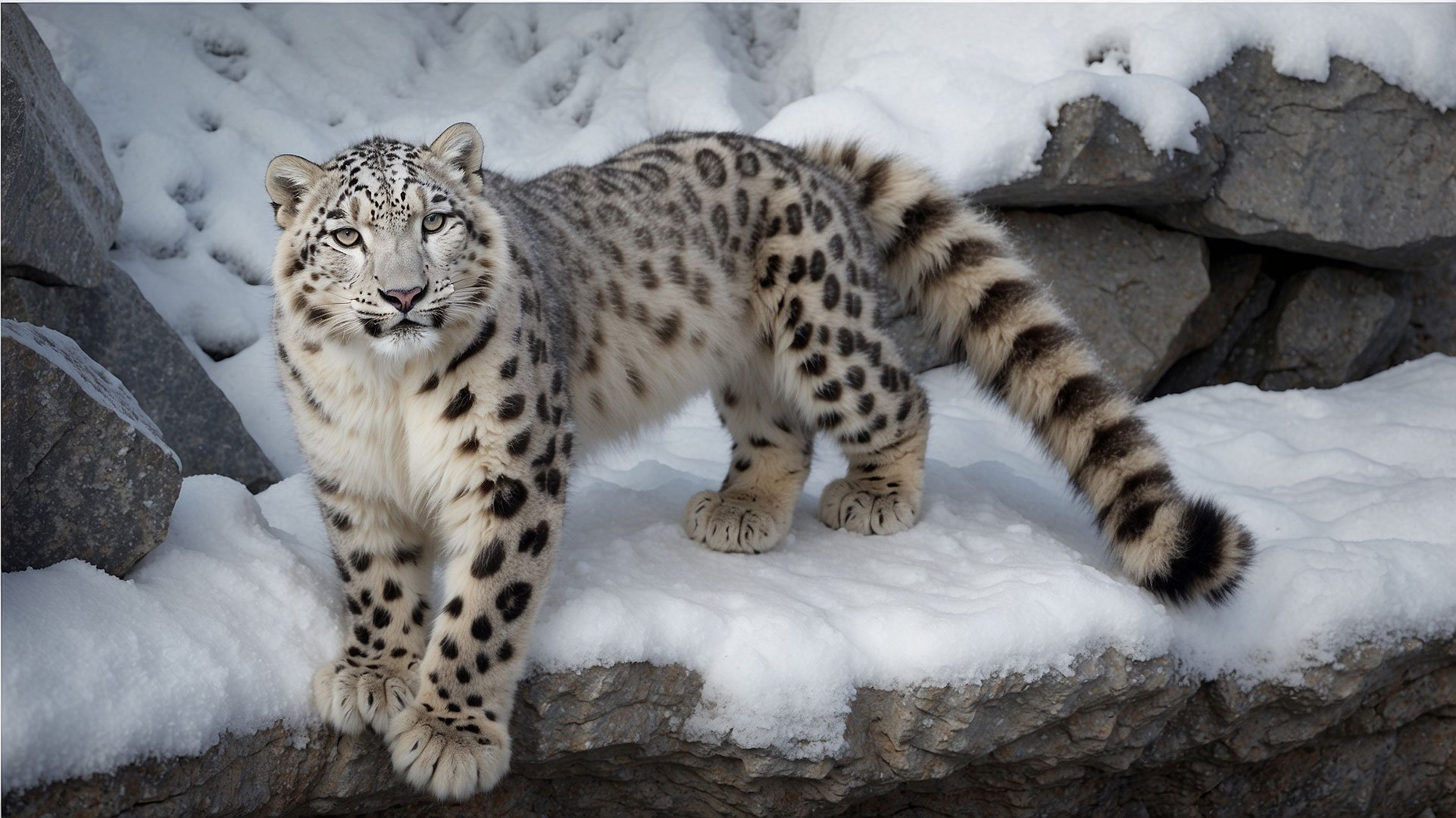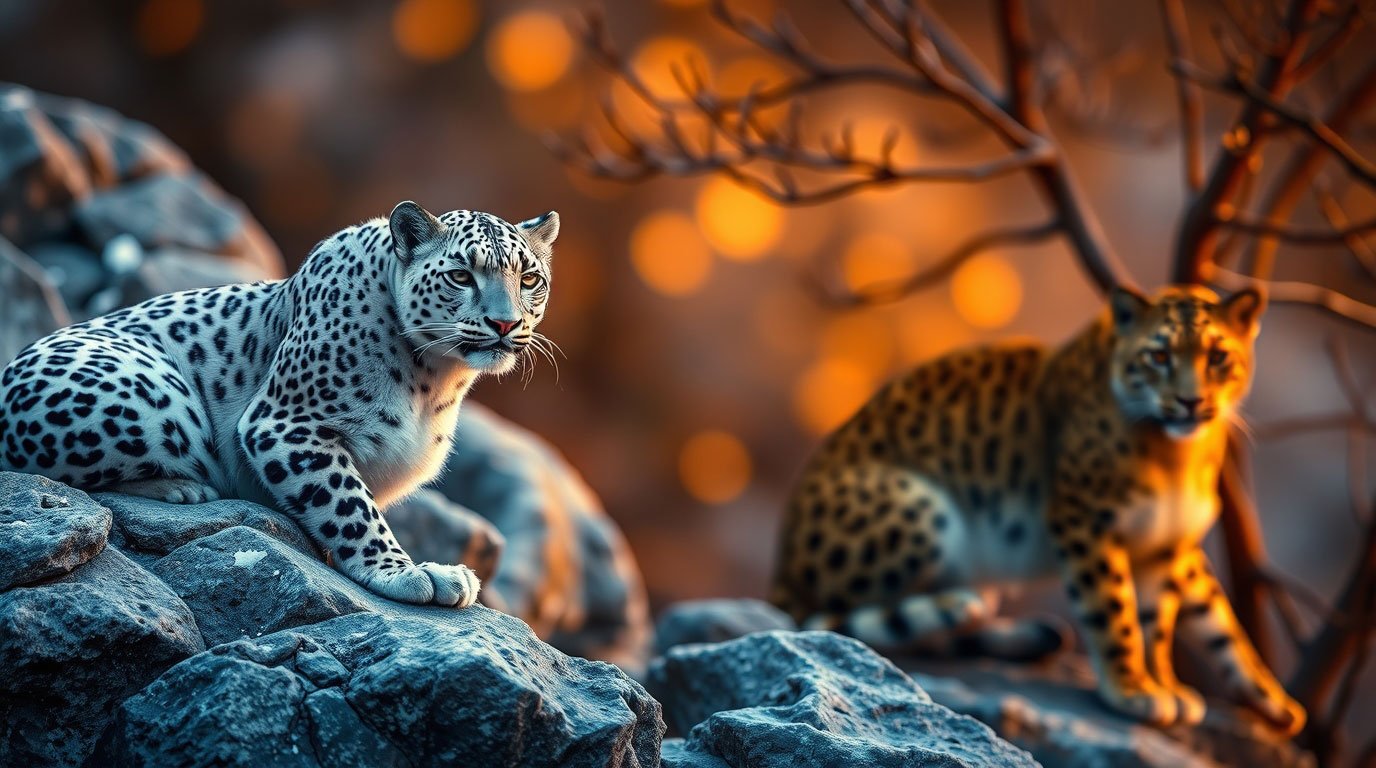Ghosts of the Himalayas: Snow Leopards Make a Silent Comeback in Ladakh
High in the icy breath of the trans-Himalayan winds, where valleys echo with silence and the rocks seem eternal, an ancient predator walks unseen. Known as the “ghost of the mountains,” the snow leopard has long evaded both predator and observer—until now.
Thanks to an unprecedented two-year survey across 59,000 square kilometers of Ladakh, India’s most extensive snow leopard assessment has finally revealed what conservationists have hoped for decades: the elusive cat is not just surviving. It’s thriving.
The Reveal Behind the Mist
Until recently, conservationists relied on scraps—scat samples, paw prints in snow, and grainy camera trap footage—to estimate snow leopard numbers. But in this ambitious new study, scientists from the Department of Wildlife Protection in Leh took their cues from two decades of tiger census work to build a robust, systematic, and repeatable framework for snow leopards.
Their approach combined gritty fieldwork with cutting-edge tech. Over 6,000 km of foot surveys recorded 9,525 signs of snow leopards. Then came 956 strategically placed camera traps that clicked through 97,000 nights, capturing over 26,000 images.
It wasn’t easy.
Frozen rivers became highways in winter, ponies hauled equipment over knife-edge passes, and researchers endured sub-zero isolation to monitor these wild realms.
But the reward? A groundbreaking estimate of 477 snow leopards in Ladakh—68% of India’s total population of the species.
A New Lens on an Old Predator
Traditionally, researchers tried to identify snow leopards by the rosettes on their flanks. But the wind-tossed fur often distorted these patterns. This time, scientists used an AI-assisted tool, CaTRAT, to identify species from the camera trap footage. Then they leaned on a new trick: the forehead.
The snow leopard’s forehead, with its shorter, more stable fur, offered a better canvas for identification. Like a fingerprint, these pelage patterns were cataloged using a machine-learning tool called Extract-Compare, enabling researchers to recognize 126 individual cats.
This led to the creation of India’s first national photo library of snow leopards—a digital ledger of each unique ghost, helping track their lives, movement, and vulnerabilities across years and borders.
A Tale of Two Worlds
One of the most stunning findings? More than half of all recorded snow leopard signs were outside protected areas. These cats weren’t hiding in remote parks—they were living in shared valleys, where Buddhist communities herd livestock and welcome tourists.
This isn’t just coexistence—it’s co-survival.
In Ladakh, snow leopards share habitat with ibex, blue sheep, and Ladakh urial. But during harsh winters, when prey becomes scarce, they follow livestock down into valleys. It’s here that human-wildlife conflict could ignite.
But it hasn’t.
Why? Culture. The region’s Buddhist ethos encourages compassion toward all living beings. Combined with economic incentives to protect snow leopards through eco-tourism and sustainable grazing practices, this philosophy has created one of the world’s most successful natural experiments in harmony.
Yet, as the researchers warn, this balance is delicate.
Shadows on the Horizon
While Ladakh’s rugged beauty offers natural protection, it isn’t immune to modern threats. Roads, dams, and an influx of tourists threaten to fracture the snow leopard’s ancient corridor. Garbage from expanding military camps and towns has also spawned a man-made menace: free-ranging dogs. These feral packs pose a serious threat to native wildlife, including snow leopards and wolves.
“Feral dogs are a man-made crisis,” says senior scientist Yadvendradev Jhala. “They’re not part of this ecological story—and they’re destabilizing it.”
Climate change, too, is altering the vegetation and prey dynamics across high-altitude habitats. Without careful planning, development projects could slice through snow leopard territories, isolating populations and tipping a delicate balance into collapse.
A Blueprint for the Future
But this study doesn’t just sound an alarm—it provides a solution.
By leveraging spatial capture-recapture techniques and satellite imagery, the researchers now understand where snow leopards roam and why. With home ranges as vast as 500 square kilometers, these cats need more than just protected parks—they need freedom to roam across international borders.
That’s why the study emphasizes cross-border cooperation with China, Nepal, Pakistan, and Tibet, as well as the need for green infrastructure like wildlife corridors and passages under roads. Conservation must stretch beyond park boundaries, embracing entire landscapes.
India’s new photo database also aligns with global conservation frameworks like PAWS (Population Assessment of the World’s Snow Leopards), offering a replicable model for future surveys—not only of snow leopards, but of lynx, wolves, and brown bears who share their highland realm.
Hope in the Heights
The snow leopard isn’t just a rare and beautiful animal. As an apex predator, it holds the threads of its mountain ecosystem together. Where it thrives, biodiversity follows. Where it vanishes, balance falters.
That’s why this story matters.
Not just because nearly 500 snow leopards prowl the frozen deserts of Ladakh, but because their presence tells us we can coexist. That centuries-old traditions and modern technology can work together. That even in a world changing at breakneck speed, there is still room for the wild.
But only if we choose to make that room.
Let’s not wait for these ghosts to vanish again.
Learn more: https://india.mongabay.com/2025/07/snow-leopard-survey-finds-the-elusive-cat-thriving/


